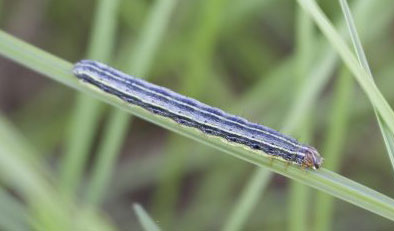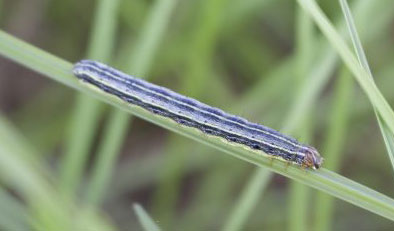Alabama fruit and vegetable growers need to be aware that moths are still active across the state. According to the Alabama Extension Commercial Horticulture Facebook page, the number of fall and yellowstriped armyworms, soybean loopers, corn earworms and vine borers continues to rise.

There is a risk of infestations in vegetable crops from caterpillars. Scout and control these early. According to the Alabama Extension Commercial Horticulture Facebook page, moth counts were collected from pheromone traps in 20 locations across the state.
As of Sept. 8, there was 269 fall armyworms moths collected, compared to 149 on Aug. 15. This is a 1.8x increase over two weeks. They are very migratory and move up from Florida where they overwinter. There are 4 to 5 generations per year.
The moth numbers for yellowstriped armyworm were 133, compared to 97 on Aug. 15. They have four generations per year. The larvae have black triangular markings dorsally with white or yellow lines below.
Soybean loopers increased from 139 to 214. Loopers feed on host plants like soybeans, peanuts and other legumes.
Squash vine borers increased from 311 to 466, a 1.5x increase. These are day flying moths and are worse on organic farms.
Corn earworms increased from 139 to 214. They are highly migratory moths with five to six generations per year. Their host plants are corn, tomato and cotton.
Moth species with more than 1.5x activity increase over the previous reporting period are a high risk to crops.










